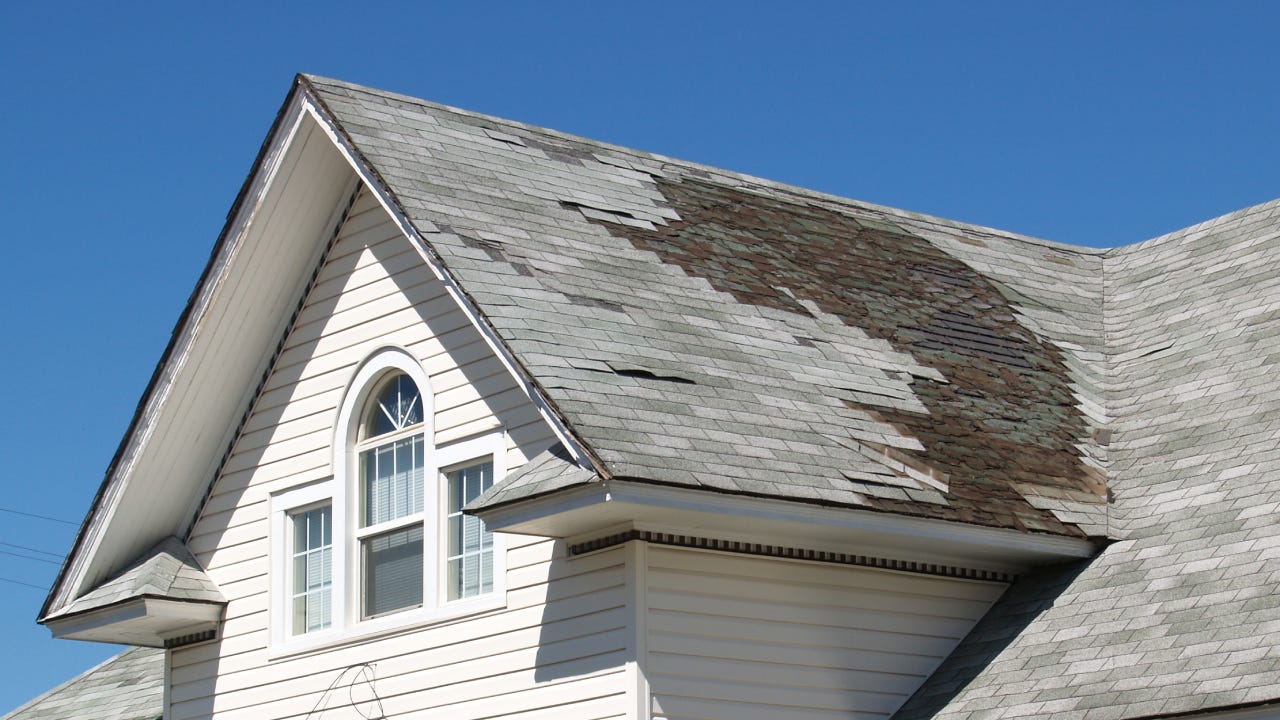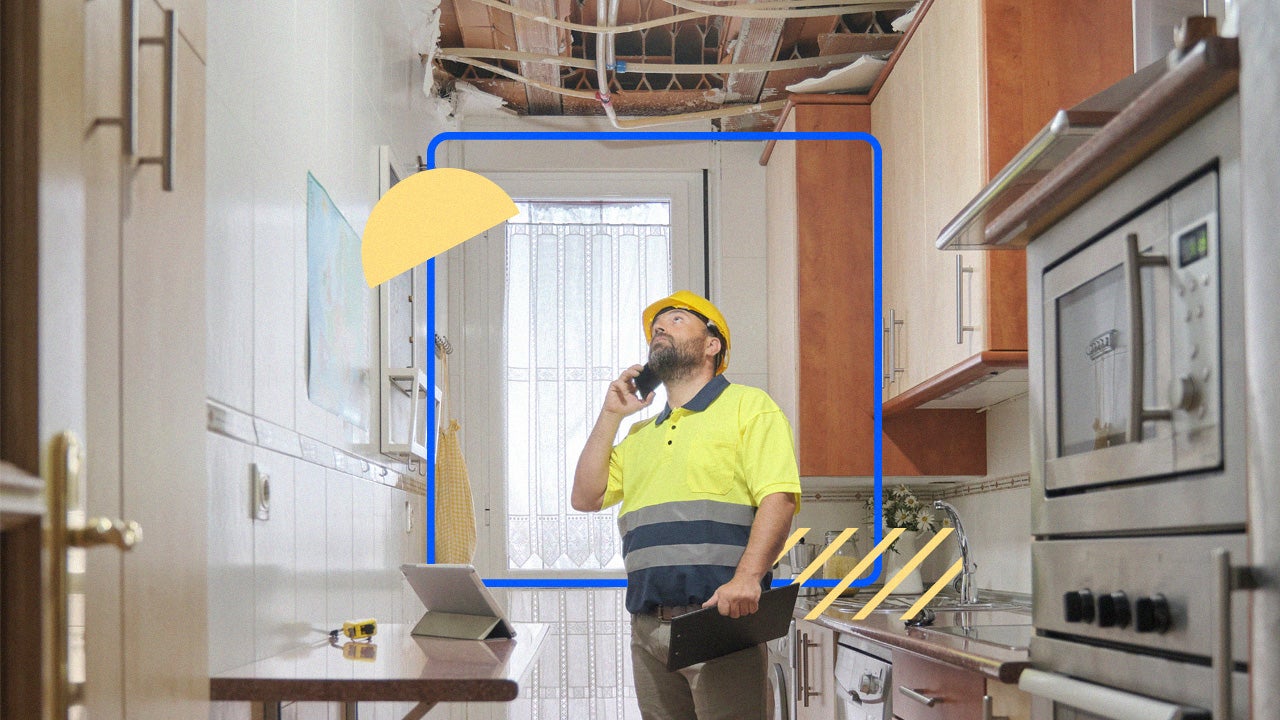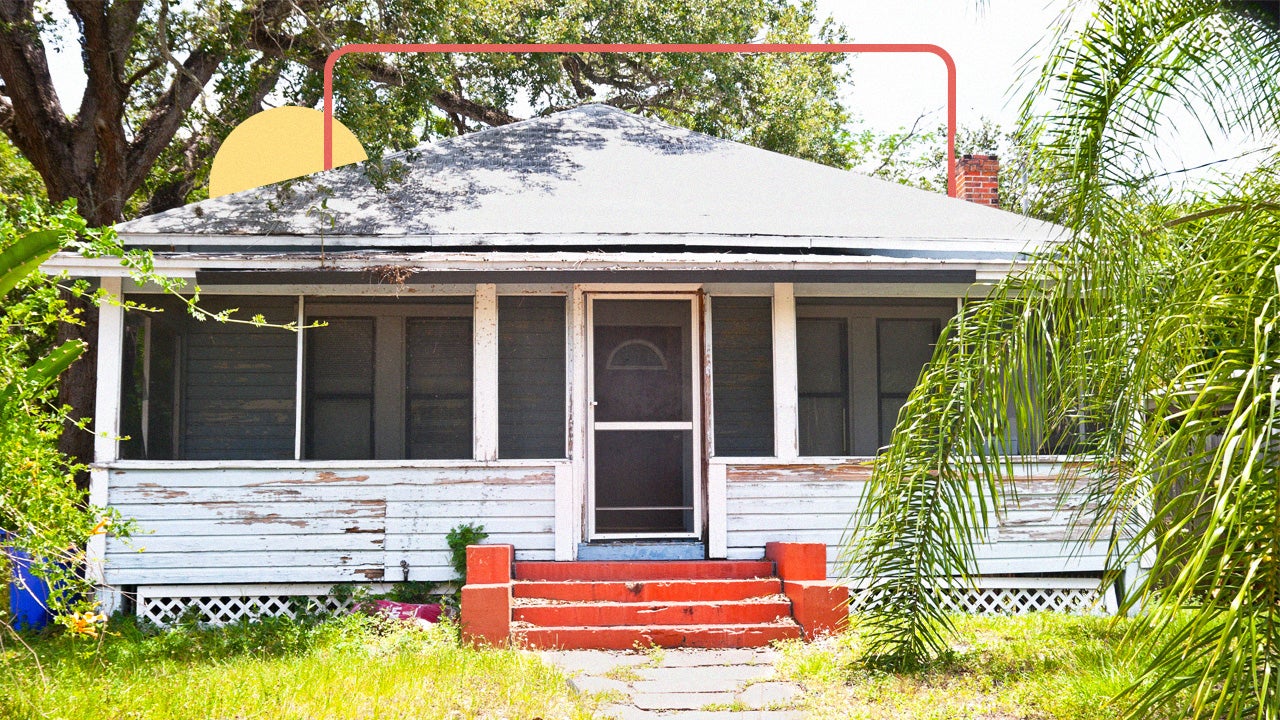What is replacement cost coverage in home insurance?

When your home experiences damage from a covered disaster, your insurer uses one of two methods for determining the payout for damages and lost belongings. Actual cash value, or ACV, takes depreciation into account, and pays out based on what your belongings are worth now, in their depreciated state. Replacement cost value, or RCV, on the other hand, covers the costs without considering depreciation — often resulting in a higher payout. Because of this, RCV costs more than ACV-based insurance. RCV is commonly used for your dwelling and other structures, but your personal property may be either.
How does replacement cost insurance work?
The value of most things depreciates over time, including your personal belongings and the materials used to build your home. A standard HO-3 home insurance policy typically includes replacement cost value (RCV) for your dwelling and other structures coverage. This means that the insurance company pays for the structures to be rebuilt with materials at current costs up to your coverage limits following a covered claim. The same policy may only cover your personal belongings at actual cash value (ACV), or their replacement cost minus depreciation, unless you opt to add home insurance replacement cost coverage for personal belongings.
Replacement cost insurance may be worth considering for the contents of your home if you want to replace older items with newer ones. Like dwelling replacement cost, contents replacement cost usually has a coverage limit maximum as defined in your home insurance policy. If you have specific high-value items, like jewelry and fine arts, you may want to consider scheduled personal property coverage, as these types of items typically need higher per-item limits.
What is the difference between actual cash value vs. replacement cost value?
The biggest difference between actual cash value and replacement cost value is how much you are paid for your damaged items after a covered claim. Replacement cost coverage is designed to reimburse you for new versions of damaged items after a covered claim. Actual cash value coverage costs less than replacement cost value insurance, but it will only pay out the replacement cost of the item minus depreciation.
For example, say you purchased a couch a couple of years ago for $2,000, but it depreciated by $500 before it was destroyed in a covered claim. If the cost of a new couch is now $2,200, the actual cash value payout for the damaged couch could be $1,700 ($2,200 – $500). However, not all carriers calculate payouts the same way, so be sure to read your policy documents carefully or consult a licensed agent for details.
Note that RCV and market value are not the same, especially when it comes to home insurance. Market value is the amount an appraiser deems a home or property is worth or the amount that someone is willing to pay for that home or property, including the land. It is based on what the current market is willing to pay.
Homeowners insurance companies do not use market value when calculating costs for dwelling or personal property coverage. With RCV coverage, the cost to rebuild the home’s structure or replace personal property at today’s prices is accounted for in the dwelling coverage and is paid for following a covered loss. This will likely be lower than the market value, as it does not take land value into consideration.
Learn more: Replacement cost estimator for homeowners insurance
How replacement cost is determined by insurance companies
Insurance companies evaluate your home’s characteristics, such as building materials, age, square footage and labor costs in your area to calculate your home’s dwelling coverage amount. They will use replacement cost calculators to determine the amount of money it will take to repair or replace your home as it was before the claimable damage. Your personal property coverage amount is determined based on a percentage of your dwelling amount, usually between 50 and 70 percent, but you can choose to raise those limits if you wish. Once those figures are determined, your policy would cover either RCV or ACV for damaged or destroyed items that fall within these coverage types.
Therefore, the replacement cost is not determined entirely by your insurance company, per se. The coverage amounts where replacement cost can apply — dwelling, other structures and personal property coverage — are determined by you and your insurance company. In many cases, replacement cost coverage will automatically apply to your dwelling and other structures coverage. However, personal property coverage varies by insurer. It may be best to review how replacement cost coverage applies (or does not apply) to your coverage to avoid surprises should a claim occur.
How much does replacement cost coverage cost?
Insurers take multiple factors into consideration when determining the replacement cost of your home. These may include:
- Age of your home
- Materials used and the quality of finishes
- Square footage of your home
- Local labor costs
By looking at all these characteristics, they can calculate your home’s dwelling coverage amount.
Your personal property coverage, meanwhile, is usually determined based on a percentage of the dwelling amount, often between 50 and 70 percent. Depending on your insurer, you may be able to increase those limits. Once the figures have been determined, your policy coverage will be based on either RCV or ACV for damages to this coverage type.
Therefore, the replacement cost is not determined entirely by your insurance company, per se. The coverage amounts where replacement cost can apply — dwelling, other structures and personal property coverage — are determined by you and your insurance company. In many cases, replacement cost coverage will automatically apply to your dwelling and other structures coverage. However, personal property coverage varies by insurer. It may be best to review how replacement cost coverage applies (or does not apply) to your coverage to avoid surprises should a claim occur.
Guaranteed vs. extended replacement cost coverage
When you first purchase your home policy, your agent calculates the current replacement value of your home. However, there are situations where the replacement cost of your home can change drastically throughout the year. The economy and inflation, in particular, can impact the cost of building materials and labor.
In areas with widespread losses — say, after a wildfire or hurricane — sudden high demand for materials and labor, along with transportation difficulties, can also drastically inflate the replacement cost of your home. To account for this, many companies offer replacement cost endorsements for your dwelling that may help you avoid expensive out-of-pocket costs. Such endorsements may include:
- Guaranteed replacement: This coverage helps pay for rebuilding the structure of your home after a covered peril, even if the current cost is higher than the coverage limits listed on your declarations page. For instance, if your dwelling coverage only covers up to $250,000, but the cost to rebuild your destroyed home is $300,000, guaranteed replacement cost could cover the rebuild even though it exceeds the coverage limits. It does not, however, cover the cost of upgrades needed to comply with building codes, nor is this option always available for older houses.
- Extended replacement: This coverage considers a certain percentage, often 25 to 30 percent, over the dwelling coverage limits specified in the policy. For example, if your coverage limit was up to $200,000, but the cost of rebuilding your home is $250,000, an extended replacement cost endorsement that covers up to 25 percent more than the policy limits would cover the cost to rebuild.
Note that while extended replacement cost does have a limit based on the percentage stipulated in the policy, guaranteed replacement does not. These endorsements are typically more expensive than standard dwelling coverage. However, if you want more complete financial protection over the long term, they may be options worth considering. Speaking with your insurance agent can help you determine which coverage is right for you.
Frequently asked questions
Why we ask for feedback Your feedback helps us improve our content and services. It takes less than a minute to complete.
Your responses are anonymous and will only be used for improving our website.
You may also like

What is a homeowners insurance peril and how does it work?

What is vacant home insurance and how does it work?

What does renters insurance cover?

Best high-risk homeowners insurance companies


